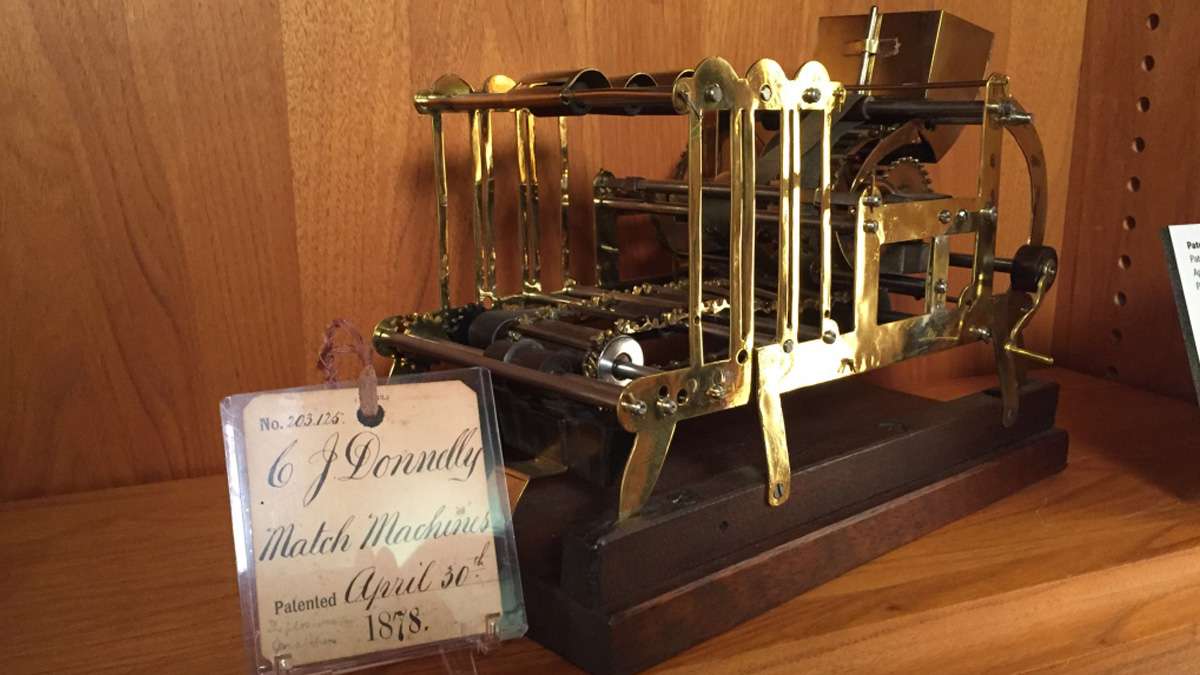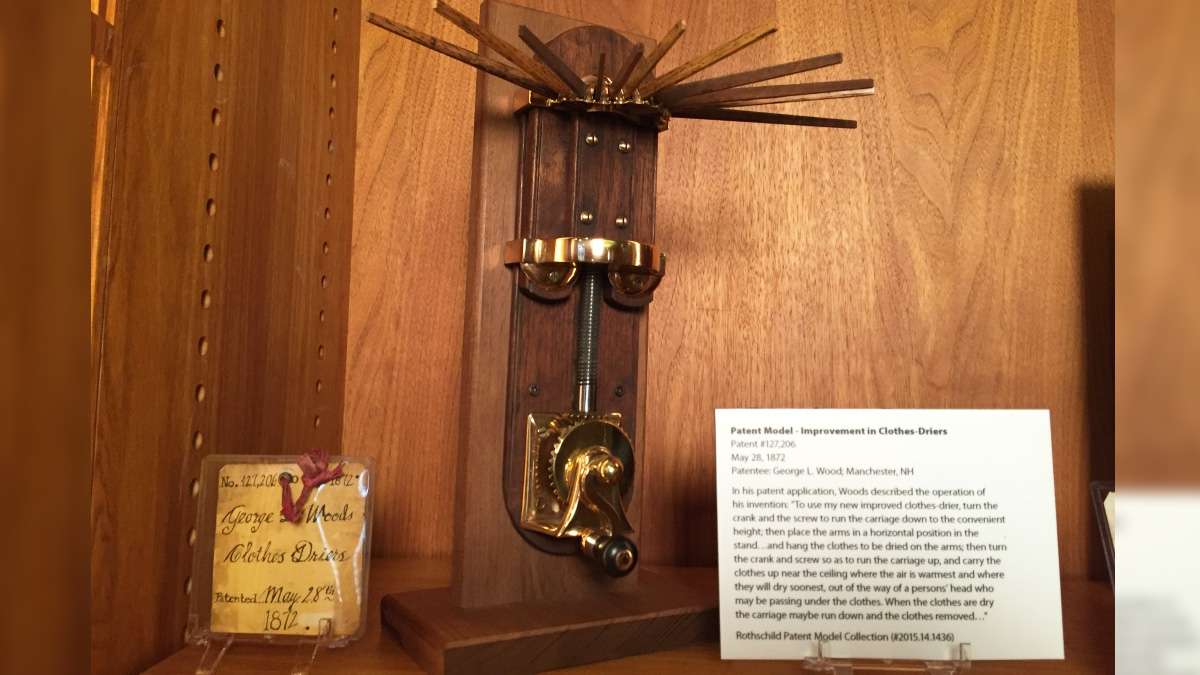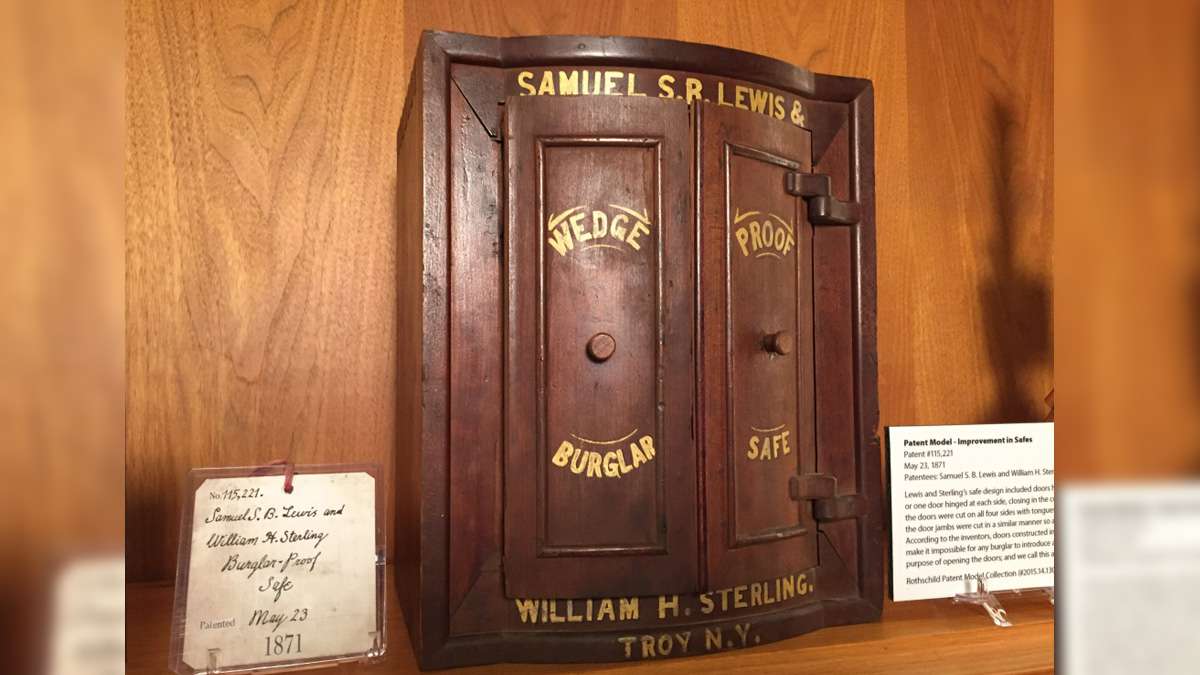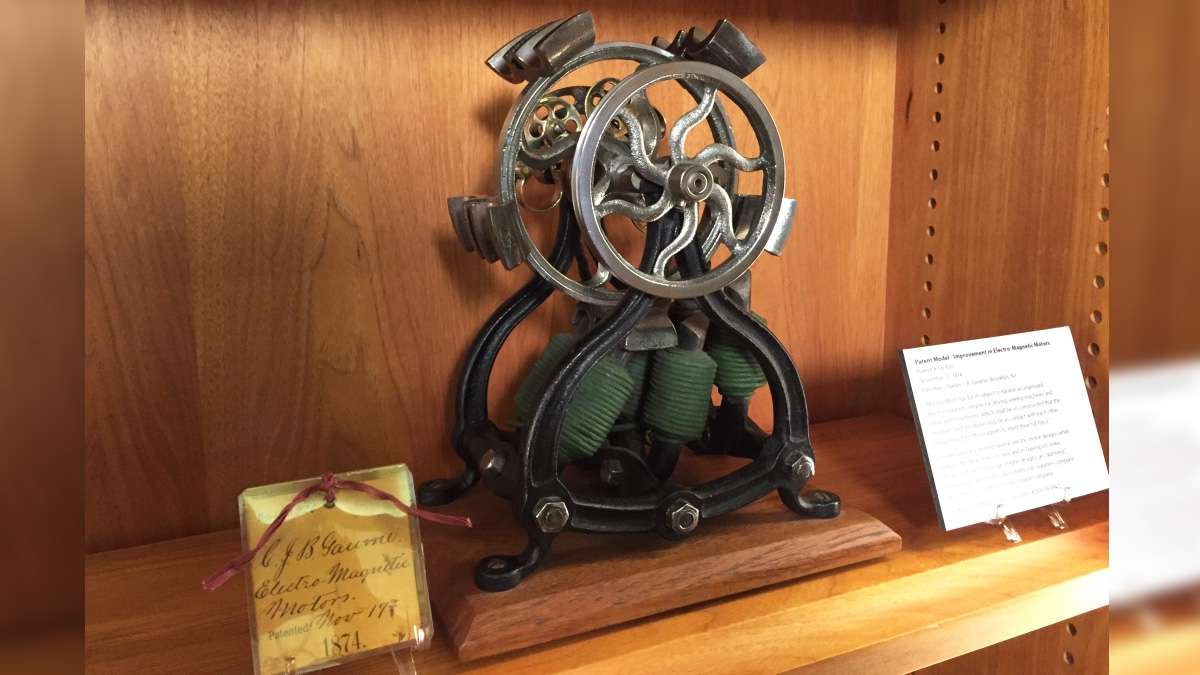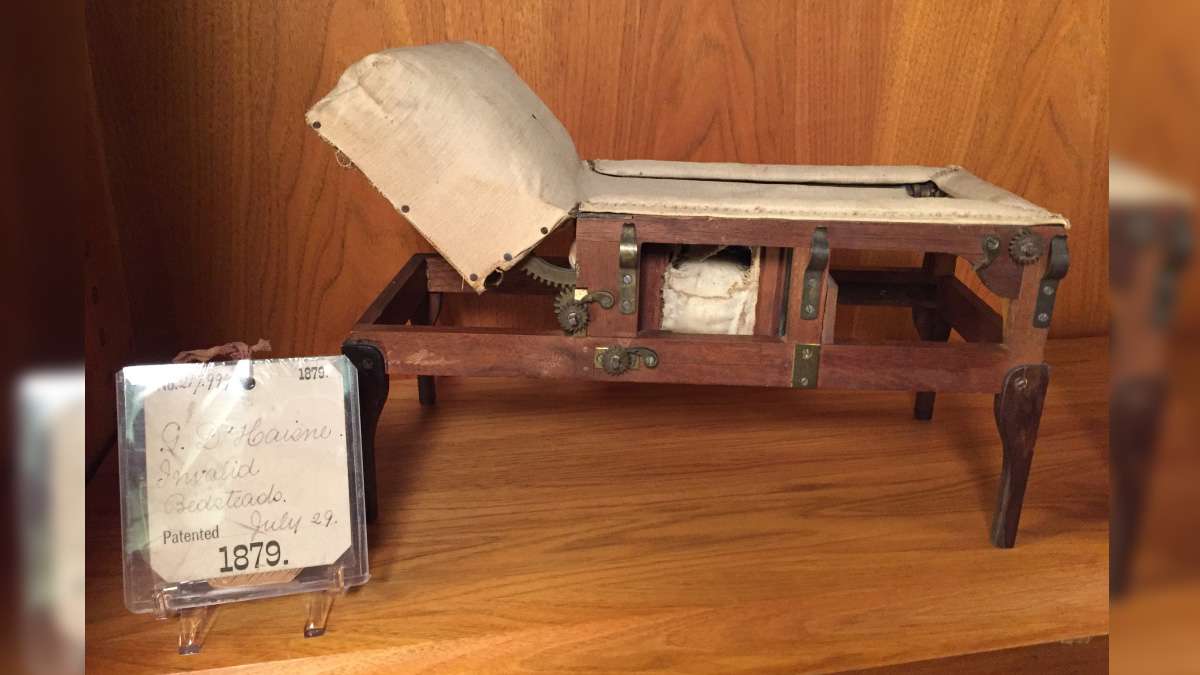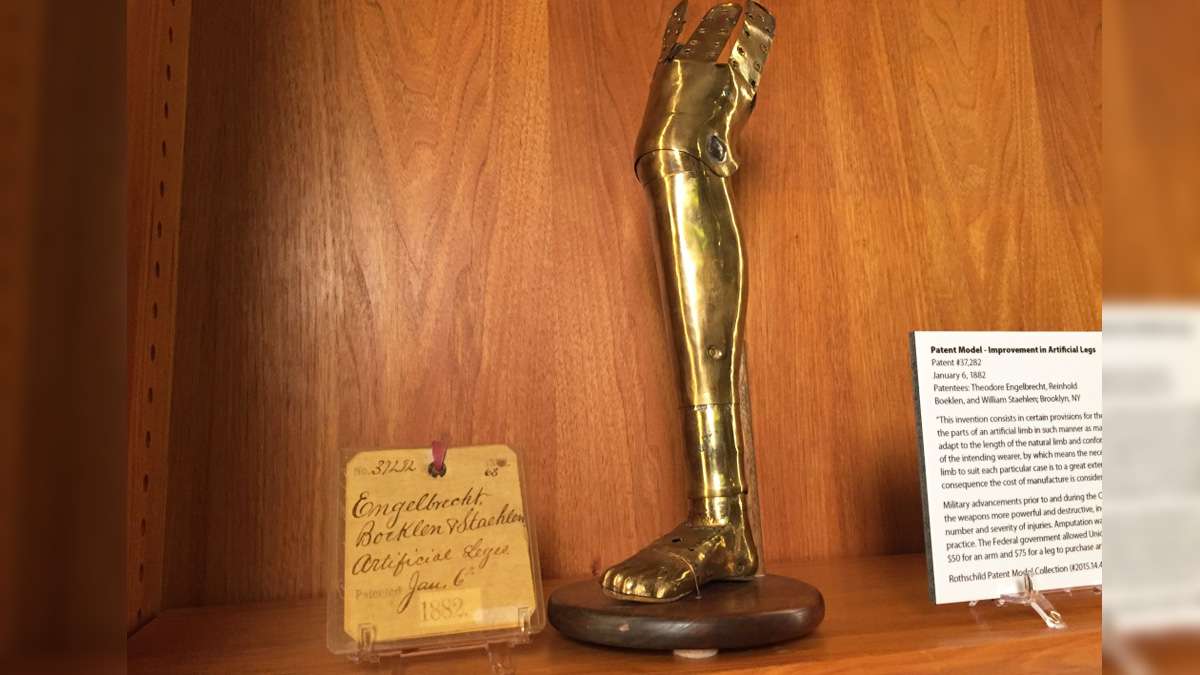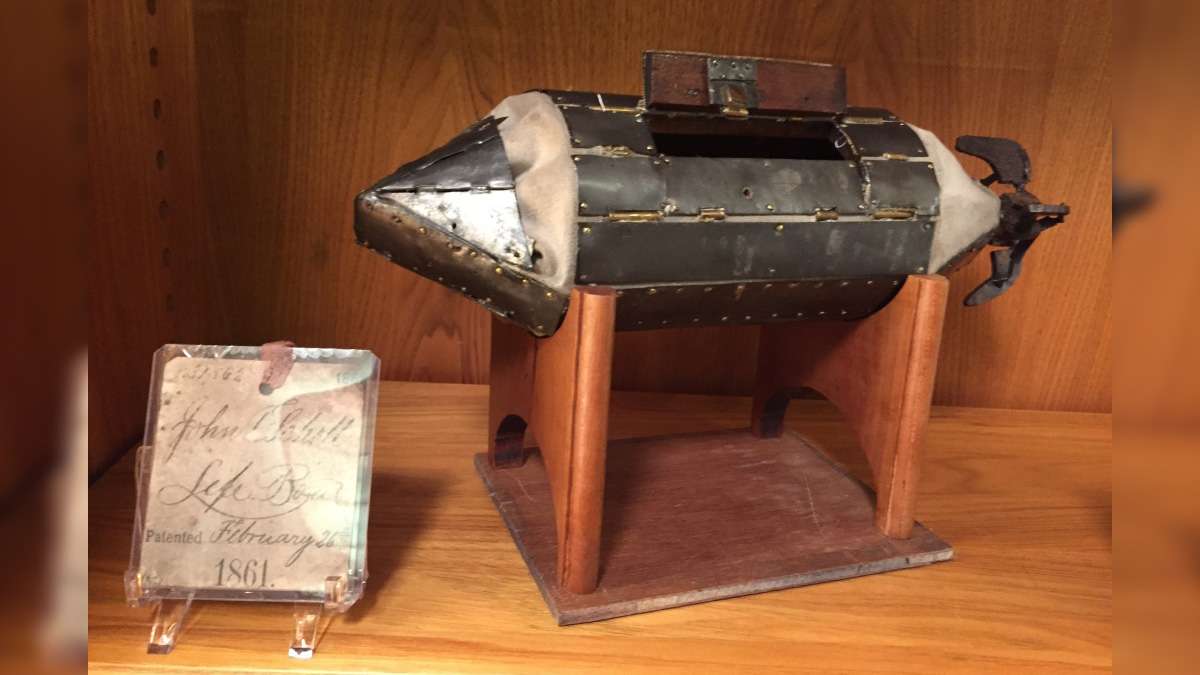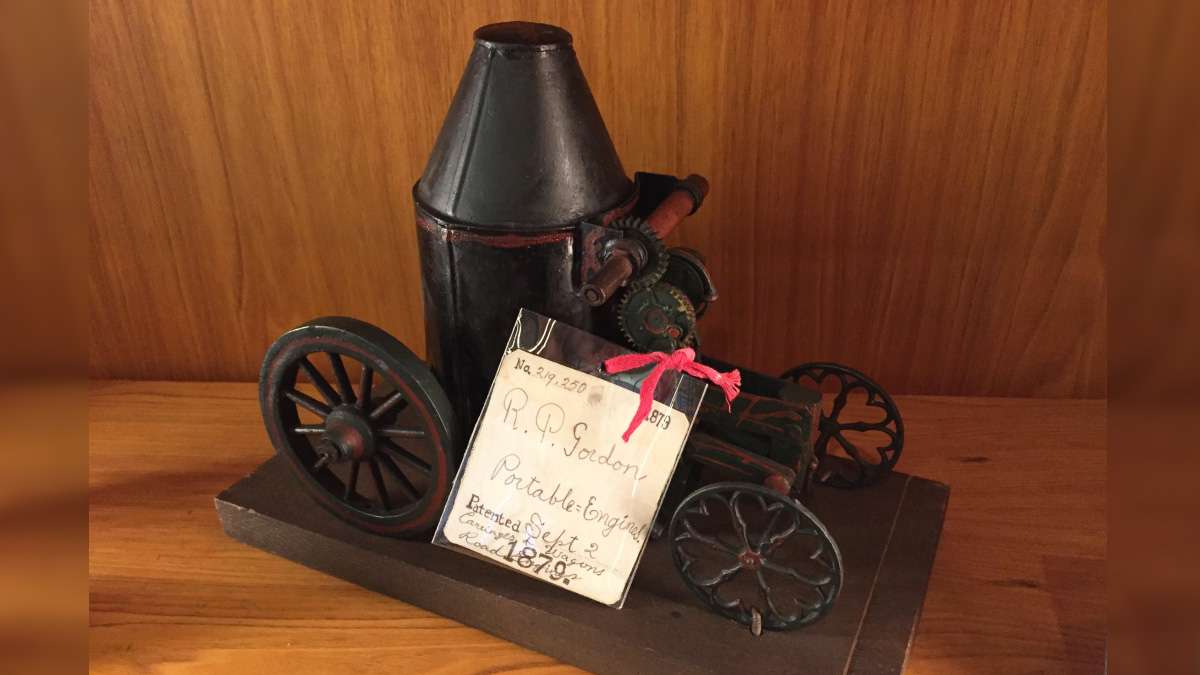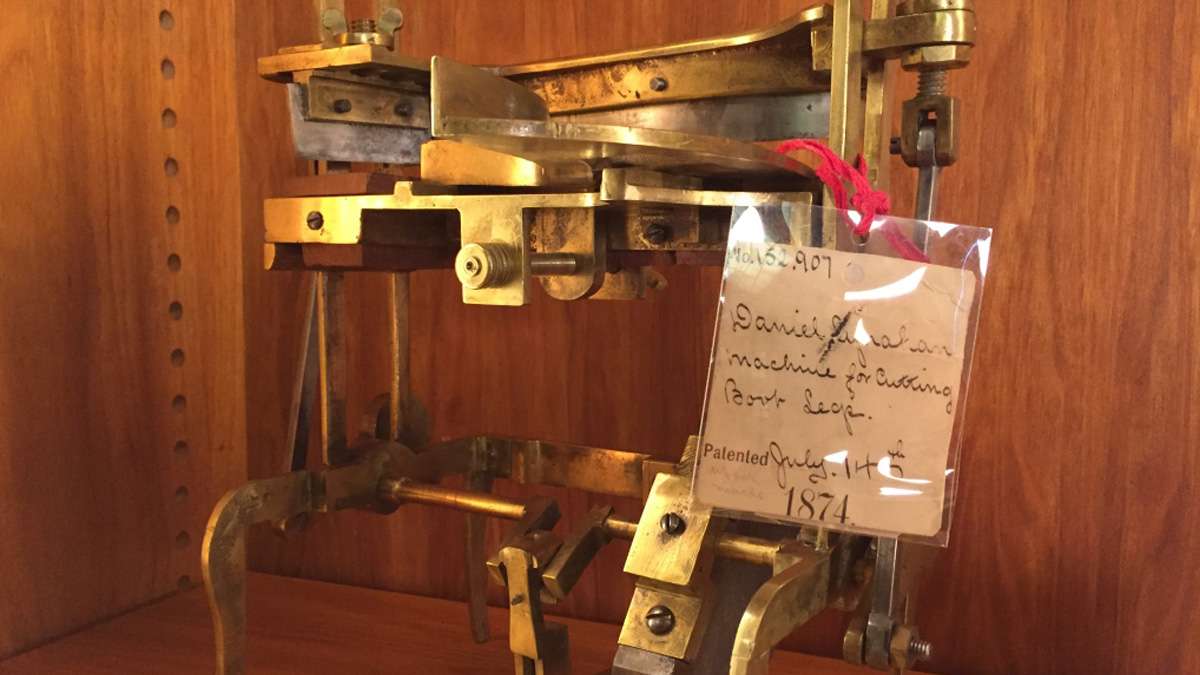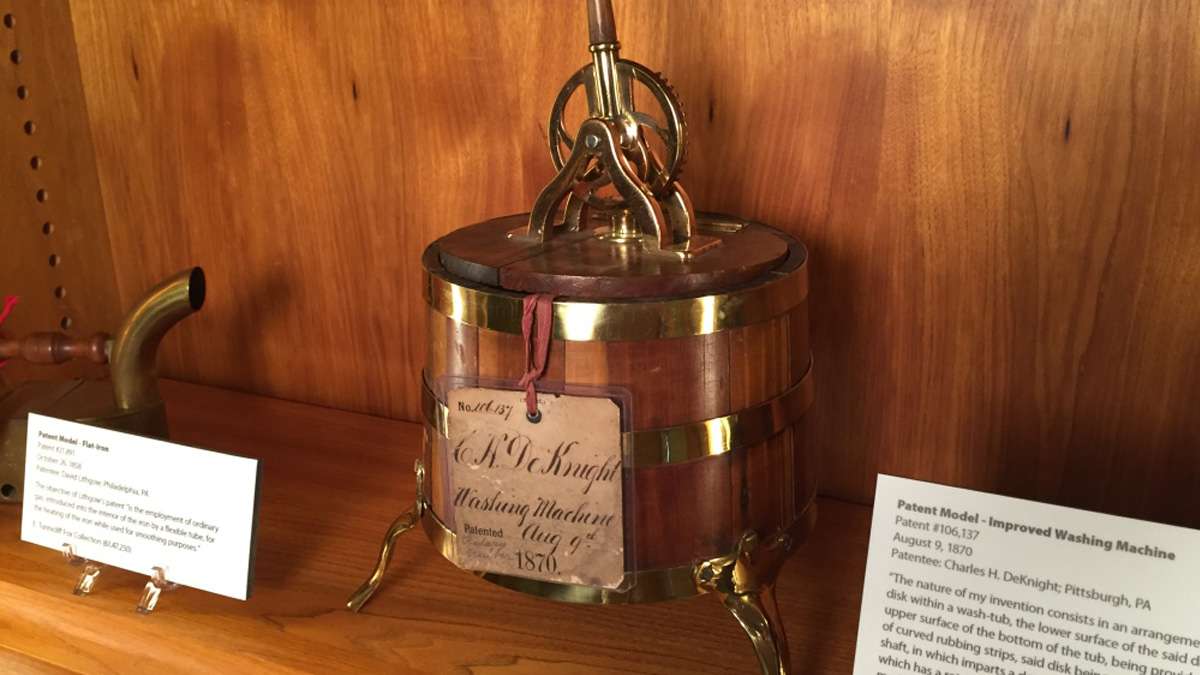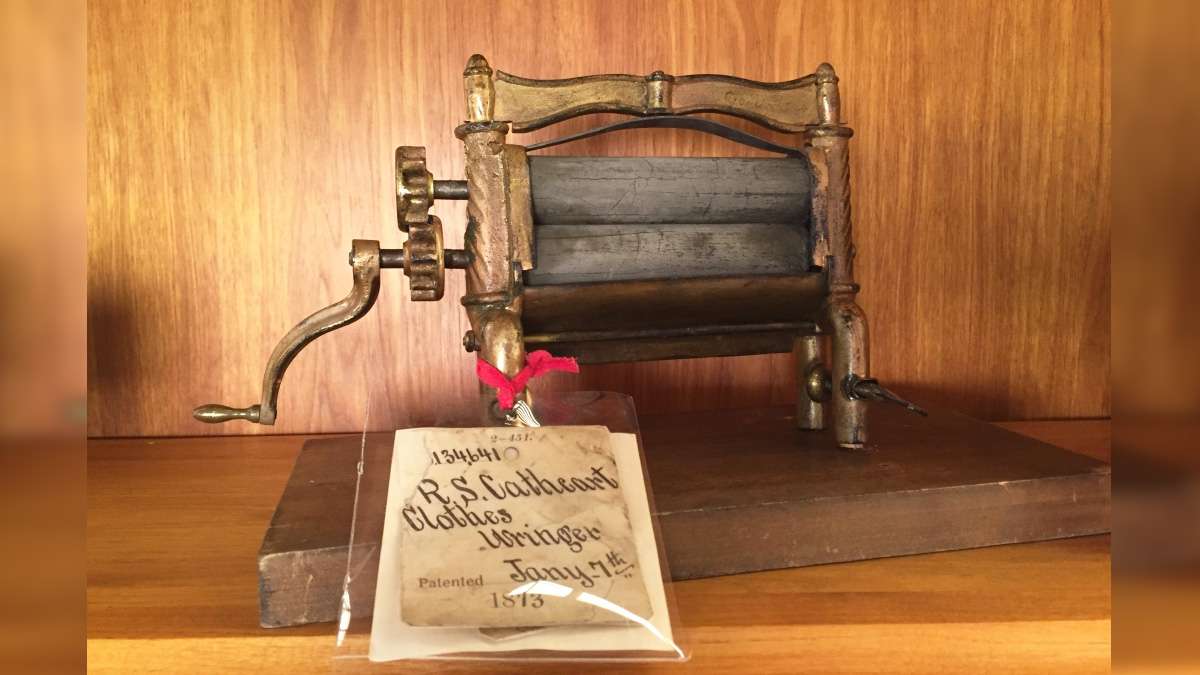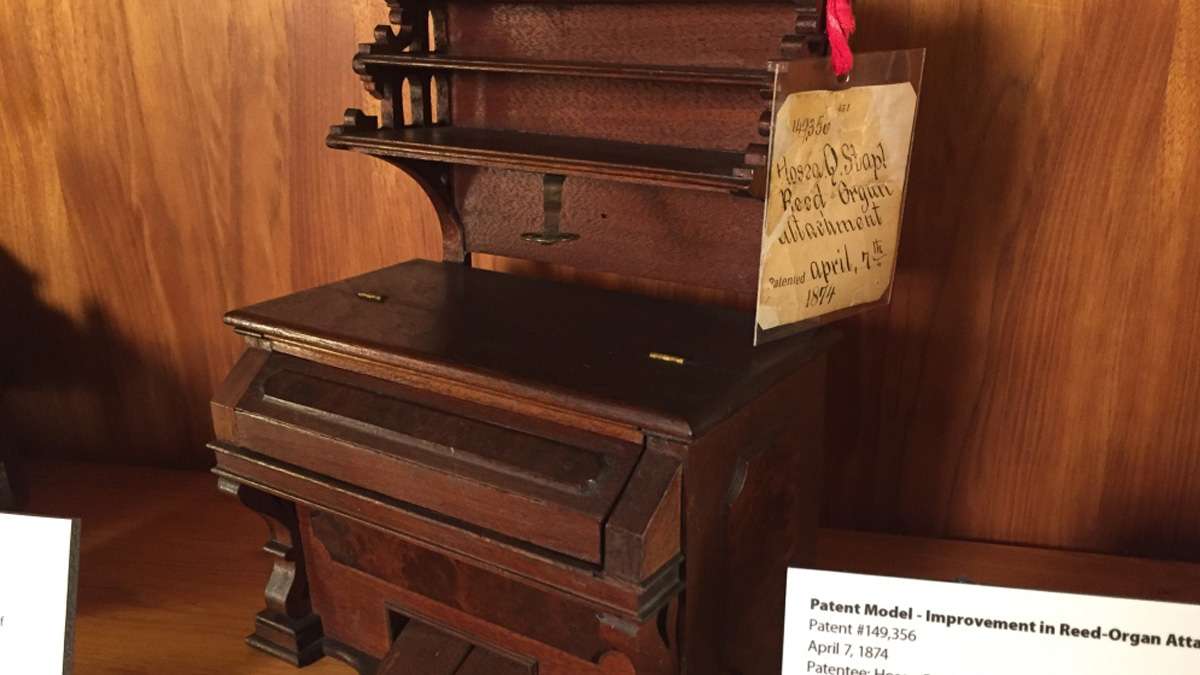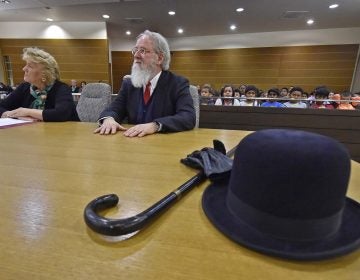Hagley Museum’s patent model collection displays imagination and innovation
Take a step back to the 19th Century with innovations from Hagley Museum’s patent model collection.
What is a patent model? From 1790 until about 1880, if you had an idea for a new product or a way to improve an existing one, you had to submit a detailed description of what the patent was for and include a working model of the idea to the U.S. Patent office.
The first patent law was established in 1790 requiring the models. The process was so important, the highest office in the land had to sign off on each submission.
“In the early years, the president of the United States signed off, and we do have to patent documents signed by George Washington,” Debra Hughes, Curator of Collections and Exhibits at Hagley Museum and Library said.
Those documents are on display, as well as roughly a hundred or so of the patent models in the Hagley Library building. The exhibit is just a small sampling of Hagley’s overall collection, which the museum started procuring in 1961.
“We have just under five thousand right now. Actually, the number is four thousand nine hundred and seventy one,” Hughes said.
In 2015 Hagley received a huge new collection “The Rothschild Patent Model Collection.” Which is so large it will take the museum about three years to go through all the models. “We have over 900 boxes of models with the new collection, and our first step is to unpack them and get photographed and catalogued,” Hughes said.
As that process is completed photographs of the models will be digitized and placed online for the public to view anytime. There are also plans for the models to be used in many different ways and in other future exhibits.
“We’re starting to think of all the thousands of ways that we can use them and share them with the public because they’re captivating,” Hughes said.
The models are for just about anything and everything, from weird medical instruments to toys, to ideas on how to improve on washing machines. Many of the things we use today began as patent models. Take the prosthetic legs on display.
“Artificial legs became popular around the Civil War with a lot of the amputations. And eventually the improvements led up to the prosthetic legs that we have today,” Hughes said.
The craftsmanship in these models is something that struck me right away. From machined gears, to wooden handles, great care was taken with these models. They really are miniature works of art.
“I think that they’re just wonderful, they’re works of art. The incredible detail, I think that there’s so much variety here that I think that instantly you just love them,” Hughes said.
The models really give you a snapshot of what people were thinking of back in the 19th century, the ways they were trying to innovate I think echo back through the years to products we use today. These people were the Steve Jobs of their day. “They really illustrate the Americans in the 1800s, and the problem solving, the invention, the creativity that people had at that time,” Hughes said.
“Some of them are just absolutely gorgeous. The machine, the beauty, the sculptural nature of them are just incredible”, Hughes said.
You can get more information when you visit Hagley Museum and Library on the web.
WHYY is your source for fact-based, in-depth journalism and information. As a nonprofit organization, we rely on financial support from readers like you. Please give today.



